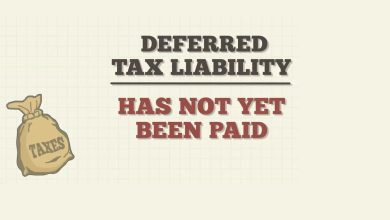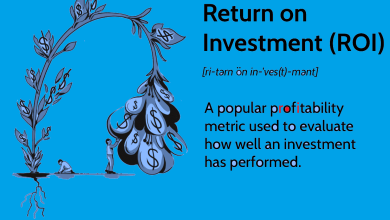Prof. Ragnar Nurkse defines Underdeveloped countries as “those which compared with the advanced countries are under equipped with capital in relation to their population and natural resources. Thus, underdeveloped countries have plenty of man power and natural resources. But they are un-utilized or underutilized because of the state of their economy being underdeveloped. This state of economy is responsible of money of the ills like unemployment, low per capita income, business fluctuations, price instability, lack of credit facility, lack of capital formation, disequilibrium in the balance of payments situation etc.
The economic growth with stability over a long period is the main aim of an underdeveloped economy which cannot be achieved until all the ills are not removed. In order to achieve this, objectives of the monetary policy of underdeveloped countries should not only provide adequate financial resources for the economic development but it should also remove the hurdles in the way of economic development and to promote the rate of output, employment and income.
Main Objectives of Monetary Policy in Underdeveloped Countries
The main objective of monetary policy of an underdeveloped country is to achieve the high level of economic growth: For this purpose, the main objectives of monetary policy of a developing country should be as follows-
(1) Investment of Saving: The rate of investment in underdeveloped countries is very low due to lack of opportunities of profitable investment, low marginal efficiency of capital and lack of entrepreneurial ability. The problem cannot be solved only by creating new institutions but it requires profitable Investments of savings. Thus, the objective of economic growth do not be achieved till the savings are invested in productive activities. The central bank in such a situation should resort to cheap money policy to promote investment activities.
(2) Inducement of saving. For productive investment saving is a must and therefore, the monetary policy should aim at promoting. savings, their mobilization and their investment in productive activities. The monetary authority has to provide banking facilities in all parts of the country so that the people may deposit their savings in banks which may later on, be utilized for productive purposes according to the national priorities. Besides, monetary authority should also provide various other incentives to the savers in the form of high rate of interest, safety for their deposits etc.
(3) Policy as Regards Rate of Interest. In underdeveloped countries, the structure of rate of interest in not conductive to economic growth as the rates of interest or investment is too high and different in different regions. It discourages both public and private investment. The monetary authority is required to formulate such a policy as regards the rate of interest which may induce both the saver and the investor or entrepreneur so that, necessary finances are made available to various sectors of the economy.
(4) Monetary Equilibrium: Monetary policy in a developing country should be directed towards maintaining equilibrium between demand of money and Supply of money so that price level may be maintained. In the initial stages of economic development, it is conductive to expand credit facilities but once a level of growth is achieved, the central bank must impose credit restrictions so that money may flow into productive activities and in the desired direction.
(5) To Make Favorable Balance of Payments: In the initial stage of its development, an underdeveloped country has to import a wide range of capital goods. Machinery, equipment know-how etc. As a result, its imports exceed its exports and its balance of payments goes unfavorable. Monetary policy therefore, should be directed towards maintaining stability in exchange rates and removing disequilibrium in balance of payments situation.
(6) Price Stability. Price stability is the prime objective of Monetary Policy in a developing country. Violent fluctuation in Internal price level may prove disastrous and may disrupt the smooth working of an economy. They may lead to insecurity and social injustice. Inflation creates hardships to different social groups whereas deflation plays havoc to everyone. It should be noted that the effect of price instability Is cumulative hence monetary authority should persuade such a monetary policy which may help in maintaining price stability so that the economic activities may go uninterrupted over a period of time. Various monetary measures can be adopted by the monetary authority to tackle the situations leading to inflation or deflation with a view to control the money supply in the economy. Thus, the stability in internal price level should be the aim of monetary authority in a developing economy.
Thus, the monetary authority should follow such measures as may ensure economic growth with stability to achieve the objectives of Monetary Policy in Underdeveloped Countries .




